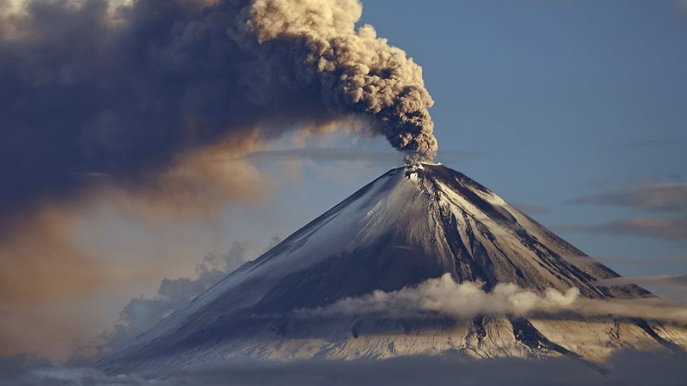The Explosive Formation of Volcanoes: A Geological Overview
Volcanoes are a remarkable natural phenomenon that have captured the imagination of people for centuries. These explosive formations are created as a result of geological processes deep within the Earth’s crust. In this article, we will explore the fascinating process of how volcanoes are formed and the factors that contribute to their explosive nature.
Magma Chamber Formation
Volcanoes begin to form when magma, a mixture of molten rock, gases, and solid particles, rises from deep within the Earth’s mantle to the surface. This molten rock collects in a cavity known as a magma chamber, which can be located several kilometers below the Earth’s surface. As the magma chamber fills with molten rock, pressure builds up, creating the conditions for an explosive volcanic eruption.
Pressure Release and volcanic eruptions
At some point, the pressure in the magma chamber becomes too great, and the volcano erupts. During an eruption, the pressure is released, causing the magma to flow out of the volcano as lava, gases, and volcanic ash. This release of pressure can result in a violent explosion, sending ash, rocks, and gases high into the air.
Types of Volcanic eruptions
There are several types of volcanic eruptions, ranging from relatively gentle effusive eruptions to highly explosive events. Effusive eruptions occur when magma flows out of the volcano in a steady stream, creating lava flows. In contrast, explosive eruptions produce plumes of volcanic ash and gas that can reach heights of several kilometers.
Factors influencing volcanic explosivity
The explosivity of a volcano is influenced by a variety of factors, including the composition of the magma, the presence of volatile gases, and the location of the eruption. Magma with a high silica content tends to be more viscous and can trap gases, leading to explosive eruptions. Additionally, the location of the eruption can also play a role, as volcanoes located near tectonic plate boundaries are more likely to be explosive.
In conclusion, the explosive formation of volcanoes is a complex geological process that involves the movement of magma from deep within the Earth’s mantle to the surface. Factors such as magma composition, gas content, and location all contribute to the explosive nature of volcanic eruptions. Studying volcanoes is essential for understanding these natural phenomena and mitigating the potential risks they pose to human populations living nearby.

